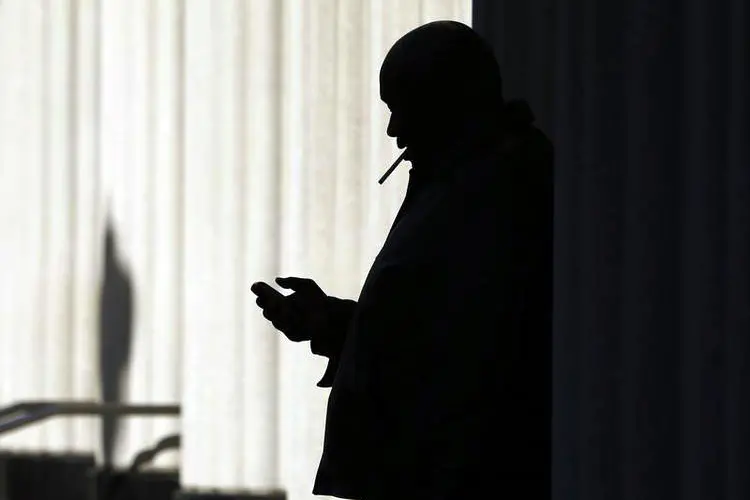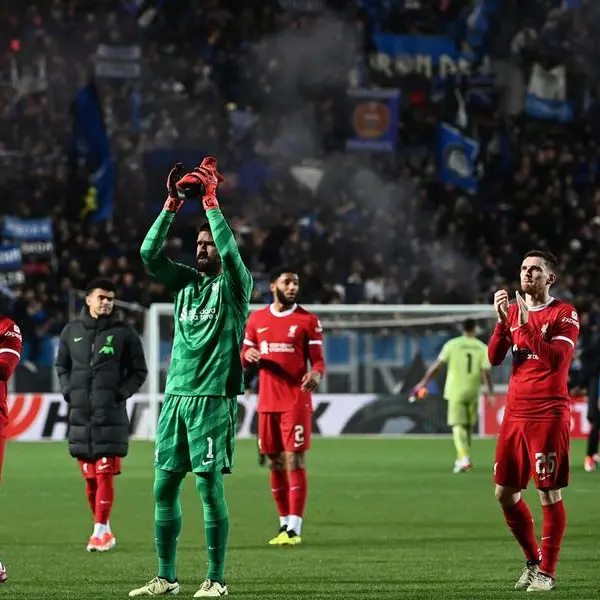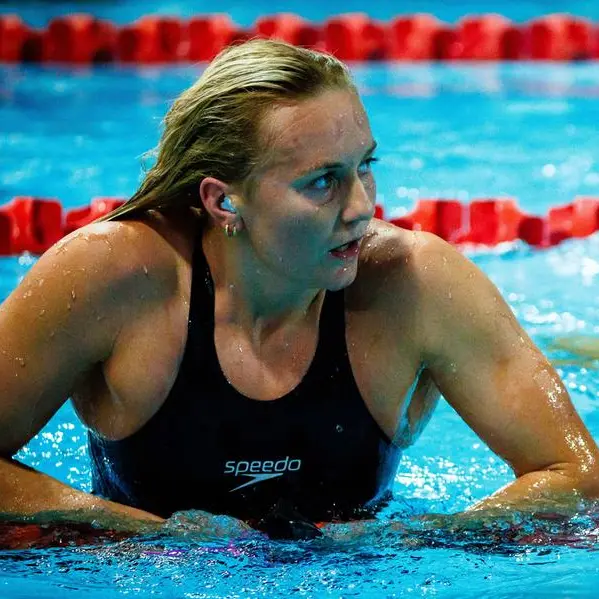PHOTO
(Reuters Health) - Paying smokers to quit and giving them more money the longer they avoid cigarettes might help get more people to kick the habit than cessation advice on its own, a recent study suggests.
To test the power of money to combat addiction, researchers in Switzerland offered about 800 low-income smokers pamphlets and online cessation guides. Half of them were also eligible to receive as much as $1,650 if a series of six lab tests verified that they stopped smoking.
These payments started out at $100 if lab tests verified participants hadn't smoked after one week, and gradually increased to $440 by the time the last test was done at six months.
At six months, 36 percent of the payment group and about 6 percent of the control group had quit smoking.
One year after the payments ended, about 10 percent of the people eligible for financial incentives remained abstinent, compared with roughly 4 percent for the control group.
"Money compensated for the loss of a valued activity (smoking) and increased both the likelihood of making a quit attempt and the likelihood of succeeding when trying to quit," said lead study author Jean-Francois Etter, a public health researcher at the University of Geneva.
The participants were around 32 years old on average at the start of the study and they had typically started smoking around age 17.
They tended to smoke about 16 cigarettes a day, a little less than a pack.
About one in five were unemployed and roughly 45 percent were students. Half of them made no more than about $20,000 a year.
All of the participants received self-help books with advice for quitting and researchers also encouraged them to enlist a friend or family member to support their efforts.
The primary outcome was continuous abstinence between 6 months (end of incentives) and 18 months (12 months after the incentives ended), verified by expired carbon monoxide and salivary cotinine.
While many people who quit relapsed after payments ended, abstinence rates at the 18-month mark for the group that received financial motivation were nearly 10 percent, compared to less than 4 percent in the group that didn't get any money, researchers report August 23 in the Journal of the American College of Cardiology.
With a difference of about 6 percentage points between the control and the payments group one year after the money stopped flowing, 17 people would need to go through an incentive program like the one in the study to get one person to quit, the authors note.
One limitation of the study is that a large proportion of the 81 participants who dropped out of the study were in the control group, not the payments group, the authors note. Any participants who dropped out or had missing data were counted as smokers.
People joining the study also knew some participants would receive incentive payments, which could have impacted behavior, the authors also point out.
Previous research, however, has shown that financial incentives can help smokers remain abstinent, particularly among more affluent employed smokers who have access to counseling and other cessation support, Etter said by email.
With low-income smokers, cessation can be hard to encourage, Etter said.
"Many interventions based on education (booklets, leaflets, various education strategies) tend to work less well among people with low income and low education, in whom smoking prevalence is particularly high," Etter said.
Still, the findings suggest that this method would cost about $28,000 a year to get just one additional long-term quitter, Judith Prochaska of Stanford University in California writes in an accompanying editorial. This might limit adoption in the real world.
The appeal of this intervention is its simplicity, Prochaska told Reuters Health by email.
"Individuals could create this type of intervention for themselves." Prochaska said. "A pack a day smoker who puts that money aside rather than purchasing cigarettes would save over $2000 a year - more than the payment provided in the study."
SOURCE: bit.ly/2biR8jh and http://bit.ly/2bkZVFH
© Reuters 2016












